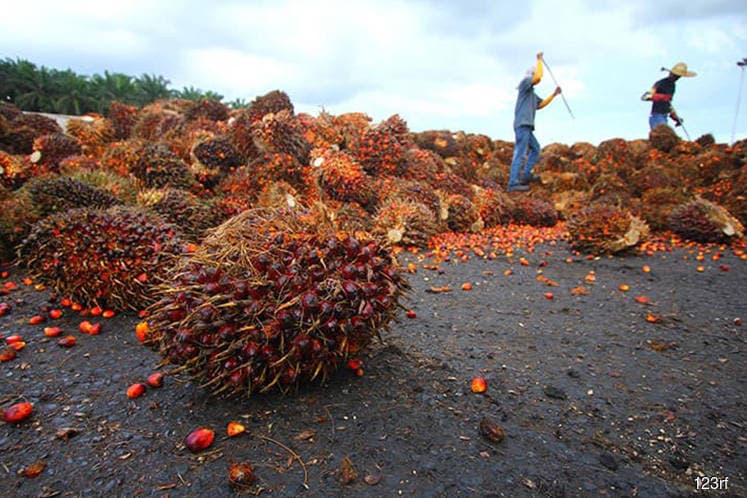
This article first appeared in The Edge Financial Daily on August 27, 2018
KUALA LUMPUR: Plantation companies listed on the local bourse turned in weaker corporate earnings in the three months ended June 30, 2018, but analysts are positive about seeing improvements in the remaining months of the year.
The main drag for those involved in oil palm cultivation was none other than lower crude palm oil (CPO) price, an analyst with Public Investment Bank Bhd (PIVB), Chong Hoe Leong, told The Edge Financial Daily over the telephone.
“If there was one key factor that affected most of their performances in the first half (1H), it would be the CPO price, which has come down quite sharply by easily 15% to 20% on a year-on-year comparison,” he said. CPO price averaged RM2,700 last year, but has since fallen to around the RM2,300-and-below level.
However, Chong is keeping his earnings forecasts and target prices of stocks under his coverage for the remainder of the year, despite the rather bleak CPO price outlook now based on current levels.
“I believe earnings will be better in 2H, which is normally when seasonal production is higher, making up for the losses registered in 1H,” he said, adding that oil palms seasonally contribute about 60% in 2H to full-year production.
At last Friday’s close, the benchmark palm oil third-month contract for November delivery settled unchanged at RM2,219 per tonne. Brent crude oil, meanwhile, stood at US$75.58 (RM310.63) per barrel at the time of writing.
Alan Lim of MIDF Amanah Investment Bank Bhd also expects earnings to improve slightly moving forward, given recent price trends of the CPO and Brent crude oil.
“CPO has been trading at a very marginal premium, or a slight discount, to Brent, when it has always been much higher in the past few years. This suggests that the CPO price has bottomed and should not fall further, unless Brent sinks significantly.
“As long as Brent stays between US$70 and US$75 per barrel for an extended period of time, it limits the downside of CPO price to RM2,200,” he said.
Typically, higher palm production or volume translates into poorer CPO prices. But in a case where prices are expected to be largely unchanged, the higher production may actually set the tone for better earnings for palm oil players.
“This is because it then makes economic sense for countries such as Indonesia to increase biodiesel production to absorb the excess palm, while at the same time save some US dollars for the country by buying less petroleum,” he said.
Earnings outlook less cloudy for integrated, downstream players
The lower prices of CPO and palm kernal would look better in the books of integrated players, who are also involved in the downstream sector, an analyst who declined to be named told The Edge Financial Daily when contacted.
“Integrated players can find shelter in the downstream segment due to the lower raw material prices and higher crude oil prices, which will result in improved competitiveness against synthetic products.
“For example, Sime Darby Plantation Bhd has been trying to beef up their downstream business segment by focusing more on differentiated products, which carry higher margins and better prices when compared with bulk products,” the analyst said.
Chong of PIVB named Ta Ann Holdings Bhd as a top performer among stocks under the research firm’s coverage in the plantation sector, given the company’s exposure in timber. The stock, which closed seven sen or 2.57% higher at RM2.79 last Friday, received an “outperform” call with a target price of RM3.19.
According to Ta Ann’s 2017 annual report, its timber products business segment, which contributed to about 35% of the group’s full-year revenue, recorded a loss of RM10.26 million, hit by a drop in production volume.
“We are hopeful the company’s earnings will catch up substantially in 2H after it received the certification for its Kapit Forest Management Unit on June 11, 2018, which should significantly bump up its log production soon,” Chong wrote in last Friday’s note.